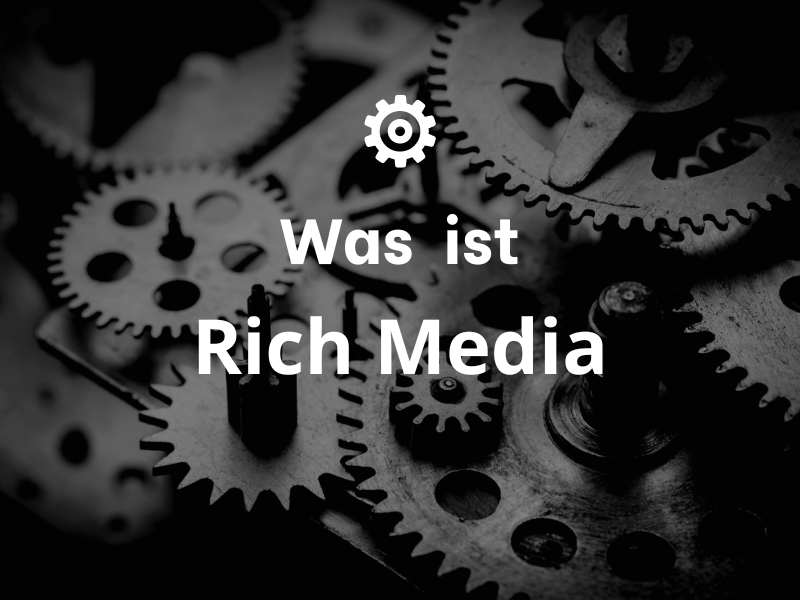Definition
Rich Media refers to the use of interactive content on the web, such as audio, video, animation, graphics, etc. Rich Media can be used to enable deeper interaction with the user and achieve an engaging presentation.
Advantages
Rich Media has several benefits that can be attractive to businesses and brands, such as improved user experience, the ability to increase user interest, generate more engagement, and leverage new technologies. Rich Media also allows brands to strengthen their brand by achieving a clean and professional presentation.
Disadvantages
Unfortunately Rich Media have some disadvantages, such as slow page load times, poor user experience and increased costs. Since Rich Media is highly technological, some users may have problems interacting and the site may become slower.
Use cases
Rich Media can be used for many different use cases. It can be used to generate interactive content, increase user interaction, and improve the user experience on a website. Rich Media can also be used for creating ads, creating online games and creating presentations.
Example 1: E-commerce website
A E-commerce-Website can Rich Media use to entertain and inform users on their website. For example, a company may Rich Media in the form of videos, audio files and animated graphics on their website to introduce new products and convey their brand message.
Example 2: Social media
Social media can Rich Media Use to improve the user experience. A social media company may Rich Media use to create audio-visual content such as videos, photos, and animations to entertain and inform users.
Conclusion
Rich Media can be an effective way to inform and entertain users and increase user interest. However, it also has some drawbacks, such as slow page load times and poor user experience. Ultimately, businesses need to consider the pros and cons of Rich Media weigh them against each other before deciding whether to Rich Media is suitable for your company.
« Back to Glossary Index


